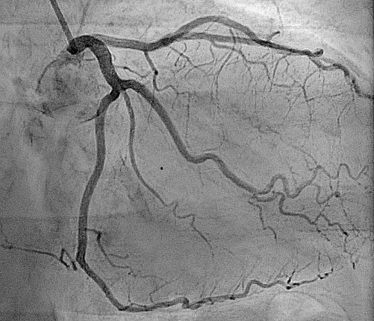If you’re looking for the best angioplasty or angiography in Dwarka, or need consultation from some of the best cardiologists in Dwarka, look no further than the Cardiology Department, at Ayushman Hospital.
This article could be helpful if that is the case.
What is a coronary angiography?
A coronary angiography is used to find out blockages in coronary arteries, a cardiologist or even general doctor will deem a patient at risk of a heart attack if they have an unstable angina, out of the ordinary chest pain, or unexplained unforeseen heart failure.
During a coronary angiography, a contrast dye is injected into the arteries using a catheter (a thin, plastic tube), while a doctor will
observe how blood flows through the heart on an X-ray screen.
This test is also called a cardiac angiogram, catheter arteriography, and cardiac catherisation.
Preparing for an angiography
Doctors will often refer to an MRI test or CT scan before sending a patient in for a coronary angiography test, to point out problems with your heart.
You’ll be asked not to eat or drink anything for eight hours before the time of the angiography.
Ask someone to give you a lift back home,
in fact you should also have someone stay over with you the night after your angiography because you may be feeling dizzy or light-headed in the first 24 hours after the angiography.
In most cases, you’ll be asked to check into the hospital for good measure, usually on the morning of the test, and to check out later the same day.
What happens during the test
Before the test begins, you’ll be administered a mild sedative to help you relax, you’ll also be awake throughout the test.
Your doctor will clean and numb an area in the groin or arm with an anaesthetic, and you may feel a dull pressure like a sheath is inserted into an artery. A a catheter will be guided up into to an artery in your heart. Your doctor will be supervising the whole journey on a screen and it is very unlikely that you’ll feel the tube moving through blood vessels.
How the test feels
A mild burning sensation may be felt after the dye is injected.
After the test, pressure will be applied on the site from where the catheter is removed: to avoid bleeding. If the catheter is placed in your groin, you could be asked to lie on your back for a couple of hours afterwards to prevent bleeding. This could be uncomfortable for your back.
Make sure to drink plenty of water after the test to help your kidneys flush out that contrast dye.
The test results will reveal whether there is normal supply of blood to your heart or if there any blockages. An abnormal result may indicate you have one or more blockages in your arteries. In case there is blockage in your arteries, your doctor could choose to perform
an angiogram during the angiography and possibly insert what is known as an intracoronary stent to immediately improve blood flow then and there, with minimal discomfort.






